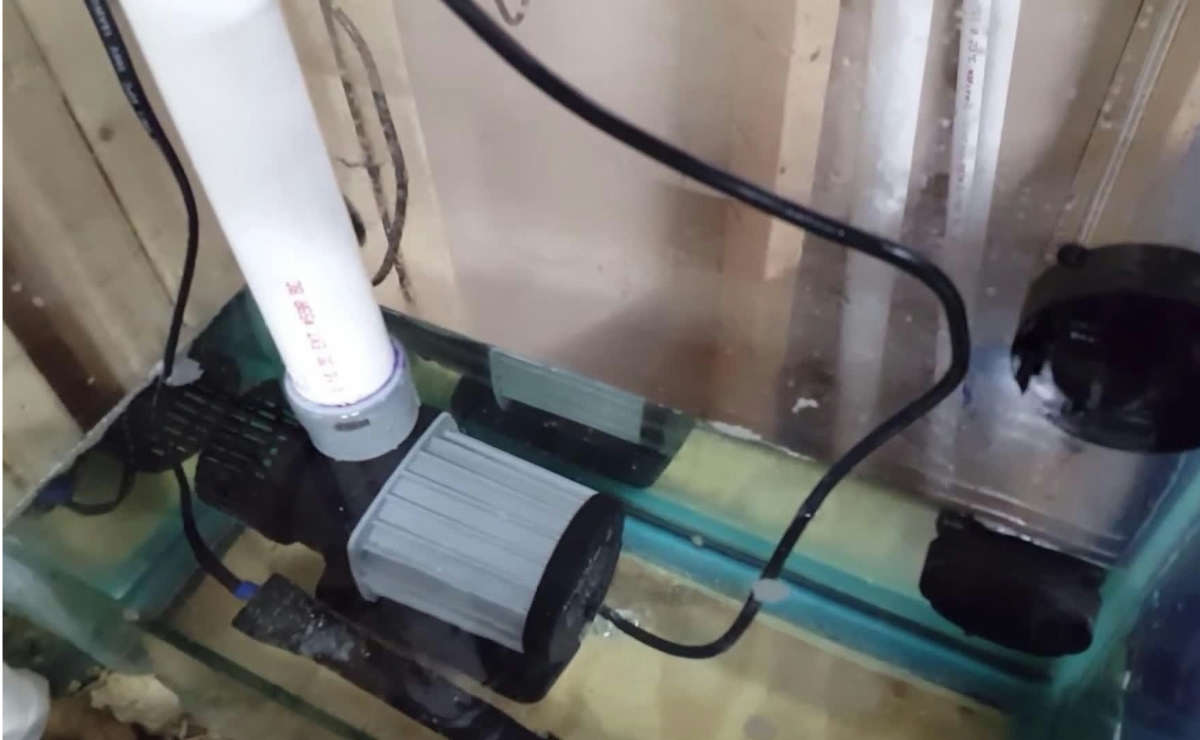
Blog
Which Pump is Safer between AC and DC?

Both AC pumps using 220V and DC pumps using 24V have their own safety considerations
For AC Pump
For AC Pump (220V and 110V ), AC pumps operating at 220V have higher voltage potential, increasing the risk of electric shock if not handled properly. 220V AC pumps require a connection to a household or commercial electrical system, which should be installed and maintained by professionals to ensure safety.

Most of the AC pumps have no circuit breakers or fuses to protect against electrical overloads and short circuits. And some of the AC pumps don’t properly grounded to minimize the risk of electrical shocks and ensure safe operation.

To sum up, with the use of the AC pump for many years, its sealing structure and the insulation layer of the wire are easy to age and break, so it is very easy to cause the danger of electric leakage. Once the electricity leaks, the fish in the fish tank will be in danger of being electrocuted. At the same time, people are also vulnerable to electric leakage.


But for DC Pump (24-36V)
DC pumps operating at 24V have a lower voltage potential, reducing the risk of severe electric shock compared to higher voltage systems. And DC pumps are often powered by low-voltage DC power supplies or batteries, which are generally considered safer to handle than high-voltage AC connections. Also make sure that the power adapter complies with CE or UL standards

In summary, while DC pumps operating at 24 or 36V may have some inherent safety advantages due to their lower voltage, both AC pumps (220V) and DC pumps (24V) can be used safely if they are designed, installed, and operated according to recognized electrical safety standards, guidelines, and best practices.
It is essential to follow proper installation procedures, ensure good electrical connections, and, if necessary, consult professionals to ensure the safe use of the pump in your specific application.


